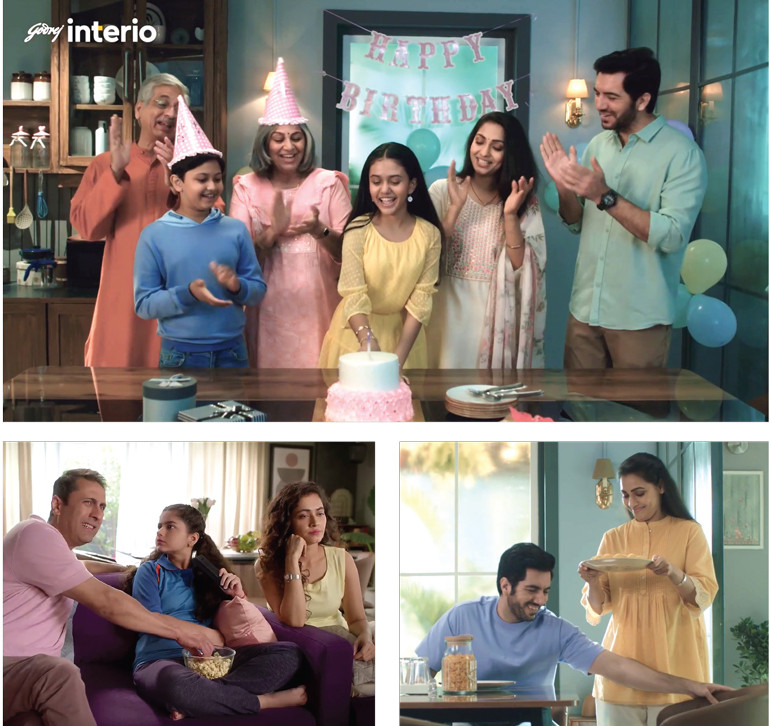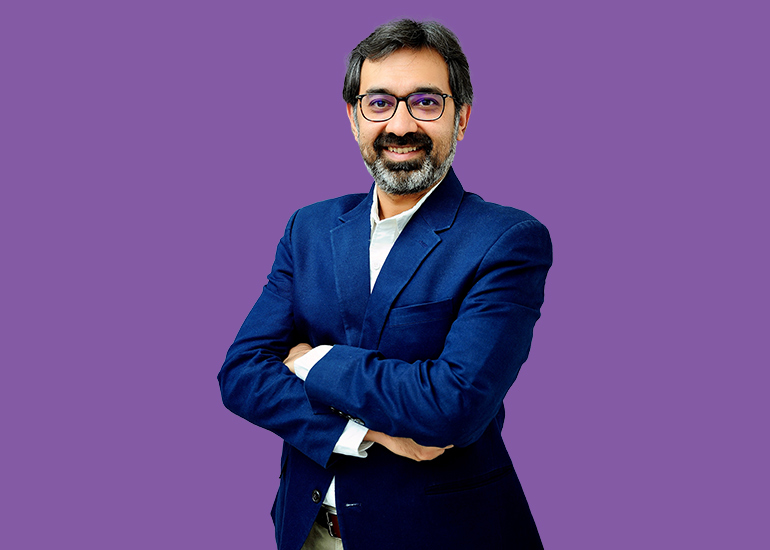Q] The overall tonality of Godrej Interio’s marketing campaigns has focused on the experience and not on promoting the product. How is that working for you?
It is one of the principles that we follow. We are trying to show how our products and services can enable the lifestyle of the modern Indian consumer. Our campaigns and positioning are not product-centred, but the narrative of the lifestyle itself. One of our campaigns took off based on a survey called the ‘Homescape’ that stated that over 50% of our consumers have a deep emotional bond with the first piece of furniture they buy.
Last year’s ‘Mega Match Madness’ campaign resulted in our walk-in numbers going up by almost 20% over the non-campaign period. Also, the website traffic increasing by almost 100%, and the direct traffic shot up by 70%.
Q] Please share a few insights on what measurement metrics you focus on to understand consumer reaction.
We split our success metrics or analytics into two parts – a re-campaign and a post-campaign analysis. We track top-of-mind, spontaneous recall, the overall awareness, consideration, and trials. Furthermore, we track the entire brand funnel before the campaign goes live in the same towns where we are going to run the campaign. Post the campaign, we track the funnel again. Of course, there is an eye on the brand metrics, and post the campaign, we do an ad diagnostics module, which tells us how the creative has performed, and whether it was able to persuade the consumer. The persuasion scores and likeability scores are checked, and finally, we check the brand metric that shows how many people have seen the ad versus the people who have not seen the ad. That’s from a brand health point of view. But at the same time, we also have our internal success metrics.
Q] What is the social media strategy of the brand, the themes you touch upon, and how do you take the consumer through the funnel on these platforms?
Our social media strategy is a very important part of our marketing communications. It focuses on the brand funnel, but a lot of it is focused on the top and the middle funnel. There is a clear content strategy for the medium, and we are active on Facebook, Instagram, and LinkedIn. We decide what content buckets we want to promote, which is a mixture of product and lifestyle, and finally decide on a creative approach to be followed for the year. All our imagery is centralized across mediums, and we even evaluate each content bucket based on how it has performed over the quarter.
Godrej Interio has product-centric and lifestyle-centric narratives, and then we have narratives just for engagement. Based on how each of these is performing, we end up tweaking the content buckets as we go along. At every quarter, we we review the content, and then refresh it. We follow an always-on media strategy for social networks.

Q] As you have an always-on-media approach, what media plan do you follow, and which medium takes the lion’s share?
It depends on what phase of the year we are in. Social media is more or less always on. Then there’s a calendar of campaigns throughout the year, whether it is Q1, festive, or even Q4, we will have our brand or tactical campaigns, which are more offer-led. This is where we split our money into the online and offline space. In the online space, we typically do a video-based campaign on YouTube, OTT, and Connected-TV as media is something that we use a lot more, given the nature of our demographic. We support our digital efforts with traditional media as well, typically Print in tier-two towns, where certain publications have a good reach. We end up using print to bolster our communication. Depending on the campaign, our level of investment keeps changing.
Q] What is your outlook on the strategic and creative partnerships of the brand when it comes to agency collaborations?
We have agencies on record for all our activities. Our creative agency is Contract Advertising; for social media, we have SoCheers; Madison is our media agency; and our PR partner is AdFactors. We believe in creating long-term partnerships so that the partners that we work with know our brand in and out. We don’t follow the approach of changing agencies every six to 12 months, because that harms the brand, and you do lose a lot of time. It’s also important to have a long-term partner because brands are built over time. They are fully aligned with the objectives of the brand, in all our communications and media strategies. We expose these agencies to the research that we do, our consumer insights, and the annual operating plan.























